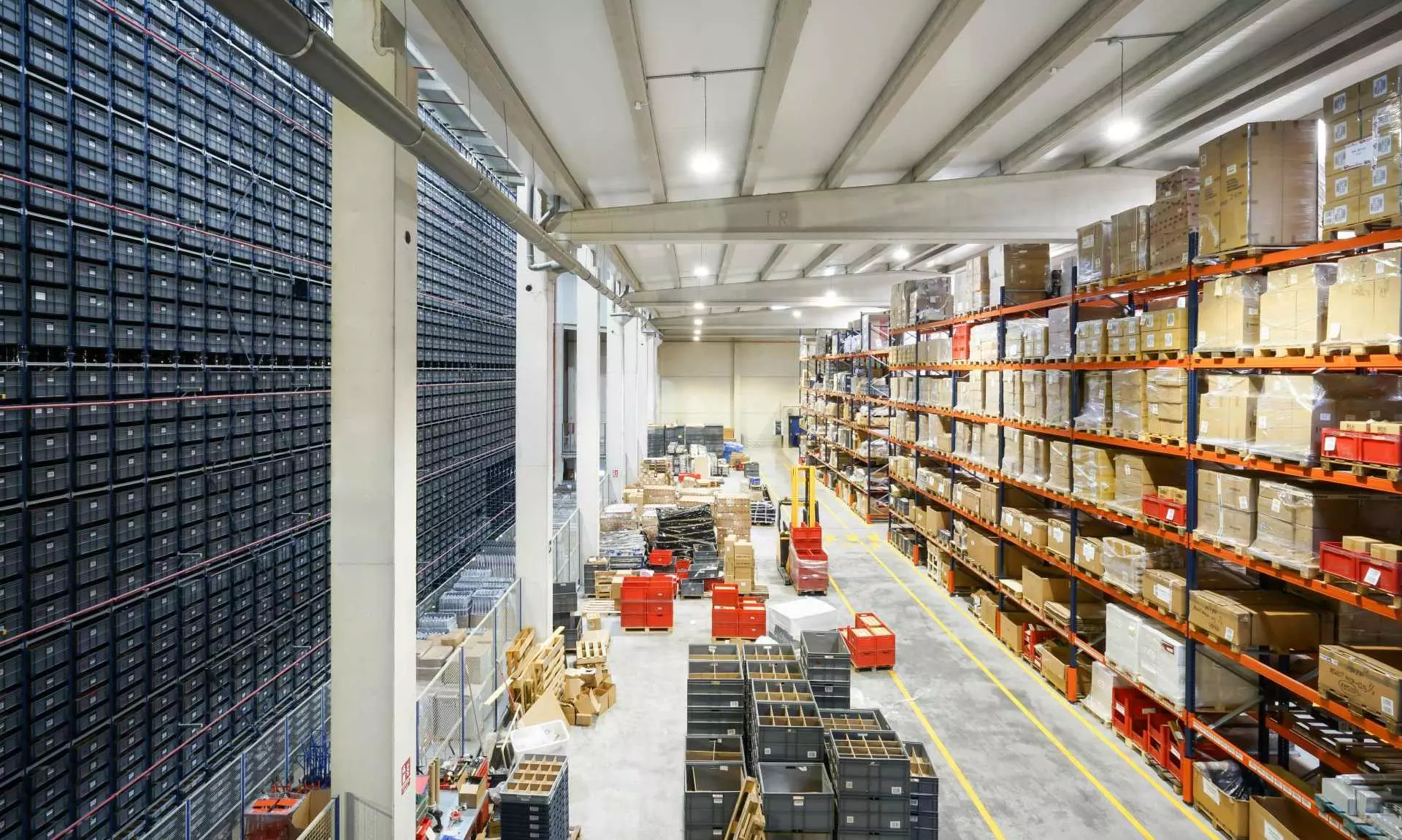E-commerce impact on distribution centre operations, design

As e-commerce market continues to soar by 4 times from 46 US$ billion in 2020 to 188 in 2025 distribution centers (DCs) face unprecedented challenges in meeting the evolving demands and uneven scale. This article delves into the profound impact of e-commerce growth on distribution center operations and design, examining its implications for the future of warehousing.
Growth in e-commerce platforms has led to a surge in order volumes, shorter delivery windows, and heightened customer expectations. Consequently, distribution centers have undergone significant transformations to accommodate these changes effectively. Traditional warehousing models, optimized for bulk shipments to brick-and-mortar stores(internal B2B movements), have given way to more flexible and agile DC designs capable of handling individualized orders and rapid fulfillment.
Operational challenges in e-commerce fulfillment
The need for efficient order processing, inventory management, and last-mile delivery has compelled DCs to adopt advanced technologies such as intralogistics automation( e,g Sortation systems, conveyors and Robot based operations etc), and artificial intelligence. These technologies streamline operations, enhance productivity, and enable faster order turnaround times, ensuring competitive advantage in the e-commerce landscape.
Business design tenets
There can be two major strategies in DC design revolved around levers such as Capacity, Destinations, Investment, Local advantage and Inventory strategy ;
i)’Consolidated asset approach’ where the inventory and investment is owned and centralized achieving differentiated service (faster and reliable delivery). With this approach scale and lowest cost. ii)’Disaggregated assets approach’ where the inventory is held at several strategic places to reduce the operational cost and de-risk of owning the asset and capex.
Optimisation
DCs started adopting high degree of automation ( ASRS coupled with goods-to-person ) in storage maximize storage density and facilitate seamless order flow, enhance operational efficiency and reduce order fulfillment times.
With the rise of online and offline players, Sortation center automation taking center stage in the recent past in efficiently and seamlessly handling challenges arising from different channels creating a good gateway for last mile.
Shift in last-mile gear
Not only the proximity of distribution centers to end consumers is critical but also last mile hubs (41% of the e-commerce comes from last mile) to minimize delivery lead times and transportation costs. Enabling same- day and next-day delivery, differential services ( Prime / VIP services) enhancing customer satisfaction and competitiveness in the e-commerce market.
Sustainability
E-commerce growth has caused environmental side effects related to packaging waste and carbon emissions. Major players have mandated to adopt sustainable packaging, Solar roof top, energy-efficient lighting (Skylight), and EVs in their transportation routes, to mitigate their environmental impact and align with evolving govt regulations.
Digitalization
Fulfilment : With the help of smart WMS & WCS, buying pattern is studied and inventory is stored to efficiently order fill with minimal SLA. Order consolidation has help reducing shipping cost and TPC ( touches per customer, no customer likes his door to be rang twice for the same order).
Sortation Center: With the help of OCR (Optical Character recognition) mis sort is minimized to the greater extent thus safeguarding customer satisfaction metrics such as CSAT and NPS.
Last mile: Open Box Delivery has proved to be the trust marker in the last mile in minimizing fake.
The future of warehousing lies in embracing emerging technologies, and optimizing operational processes because there is no substitute to warehouse. By staying agile and responsive to evolving consumer demands, distribution centres can remain at the forefront of e-commerce fulfilment and drive sustainable growth in the digital age.
In order to deliver happiness to customers , the rapid growth of e-commerce has fundamentally reshaped distribution center operations and design, pushing the limits to be agile, efficient, and innovative. An exceptional experience is a differentiator that creates brand royalty and reduces possibility of customer going away from the original platform.
The views and opinions expressed in this article are those of the author and do not necessarily reflect the views of Indian Transport & Logistics News.



